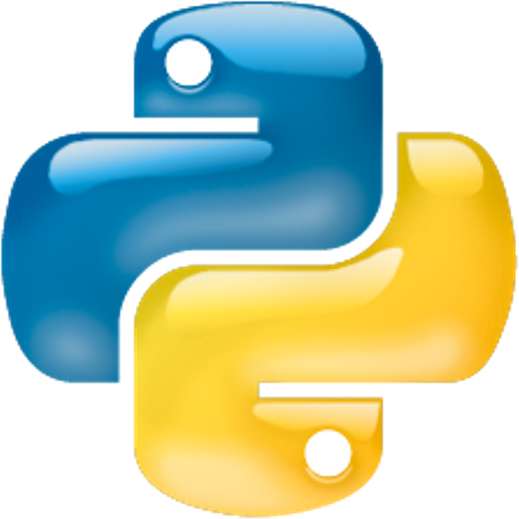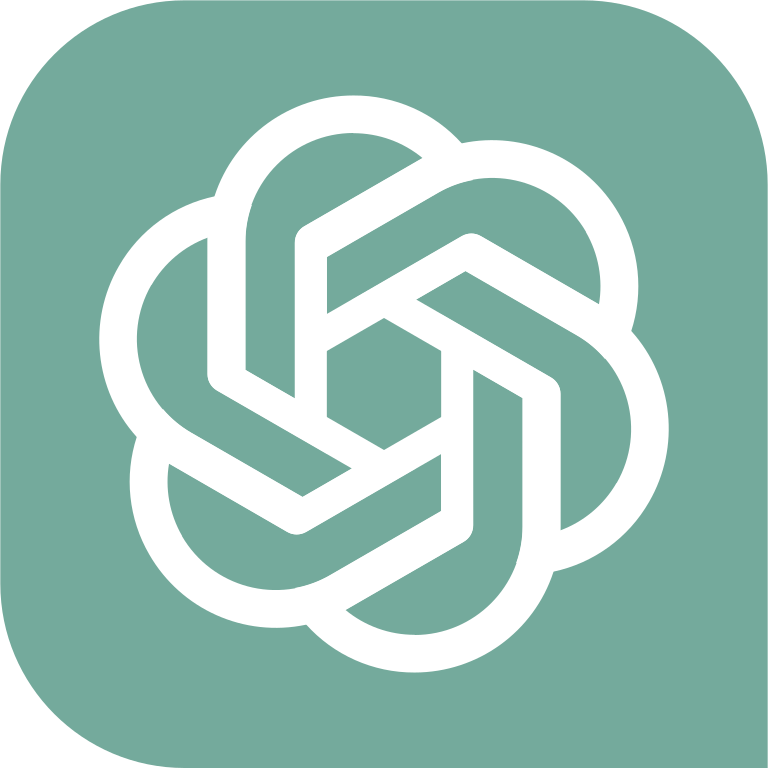Table of Contents » Chapter 5 : Disciplines : Accounting
Accounting
Overview
The relationship between the field of Accounting and Python programming is becoming increasingly important as the field moves towards more data-driven and automated practices. Python, known for its ease of use and versatility, provides robust tools for handling financial data, enabling accountants to analyze and visualize large and complex datasets. With libraries such as pandas and NumPy, Python is used to perform a variety of tasks, such as financial reporting, budgeting, auditing, and forecasting. Visualization libraries like matplotlib and seaborn allow accountants to present complex financial data in an understandable and actionable way. Additionally, Python's capability for automating repetitive tasks, like data entry and reconciliation, has the potential to greatly increase efficiency and accuracy in accounting processes. Furthermore, machine learning libraries like scikit-learn and TensorFlow enable advanced predictive modeling, such as detecting anomalies in financial data which could indicate fraud. As such, Python programming is becoming an increasingly valuable skill for accountants and finance professionals.
- Financial Accounting: Python is used for automating the process of preparing financial statements, performing ratio analysis, and consolidating financial data.
- Management Accounting: Python can help in budgeting, cost analysis, and variance analysis, all of which require heavy data analysis and are fundamental tasks in management accounting.
- Tax Accounting: Python is used for automating tax calculations, and its data analysis capabilities can be used to find tax optimization strategies.
- Auditing: Python can be used for auditing tasks, like analyzing financial transactions to detect anomalies and potential fraud. It can also be used to automate compliance checks.
- Forensic Accounting: Python's machine learning libraries can be used for advanced fraud detection in forensic accounting.
- Financial Analysis: Python is used to gather, analyze, and visualize financial data to make informed financial decisions and forecasts.
- Accounting Information Systems: Python is used in developing and maintaining accounting software and systems, including automating data entry and reporting.



